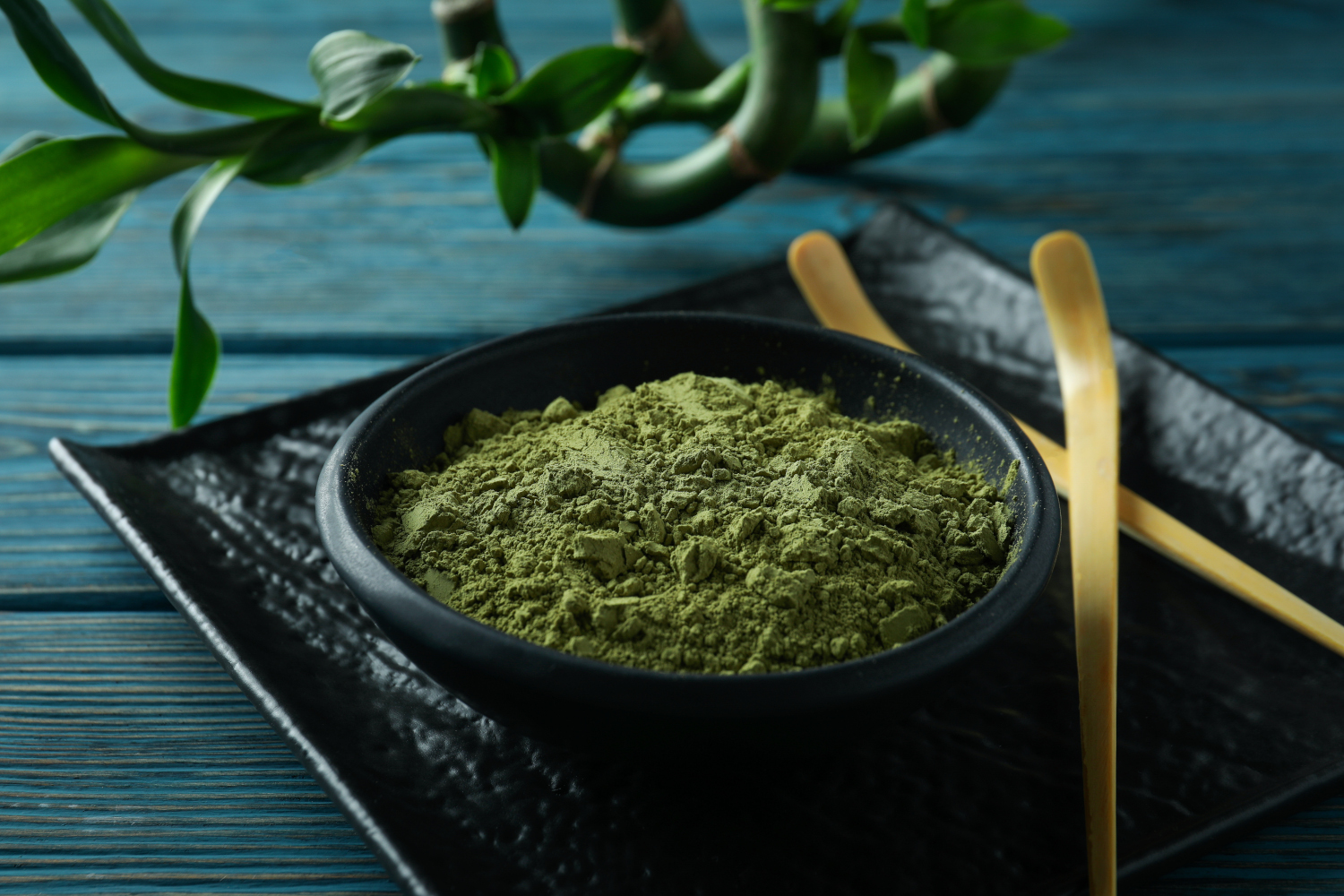When most people think of addiction, they imagine the substances, bottles, needles, pills. What they don’t see is the invisible clutter that remains long after detox. Memories. Regrets. Guilt. Grudges. These don’t fit neatly into rehab checklists, yet they’re the heaviest things addicts carry.
Even after the physical cravings fade, emotional hoarding keeps many people trapped in the past. It’s a quiet, hidden addiction, not to a substance, but to stories, identities, and pain that no longer serve you. You hold onto old wounds because, in a strange way, they feel safe. They’re familiar. They remind you who you were, even when that person nearly destroyed you.
Sobriety cleans out the body. But the real work begins when you start cleaning out the emotional attic, the dusty places where pain lives disguised as memory, guilt hides as “lesson,” and identity gets tangled with suffering.
Addiction’s Attachment to the Past
Addiction doesn’t happen in a vacuum. It grows in soil made of memory, the moments that broke you, the people who left, the shame that never left your chest. Substances dull the noise, but they also preserve it. When you stop using, all that old noise wakes up again.
The addict’s relationship with the past is complicated. On one hand, it’s unbearable, on the other, it’s sacred. It’s the story of who you are. It’s proof that you survived. The problem is that the brain, shaped by trauma and addiction, struggles to separate past pain from present reality. Every regret feels current. Every mistake feels fresh.
So you hold onto it, not because you want to, but because you don’t know who you’d be without it. The past becomes your emotional furniture. You rearrange it sometimes, but you never throw it away.
Letting go would mean facing a terrifying question: If I’m not my pain, then who am I?
The Illusion of Control
Holding onto the past can feel like control. You replay arguments in your mind, trying to rewrite them. You relive moments of shame, convincing yourself that self-punishment equals accountability. You cling to anger toward others because it’s easier than accepting sadness.
This emotional hoarding isn’t irrational, it’s protective. It gives you a sense of agency over what once made you feel powerless. The irony is that the more you hold onto it, the more it controls you. You start defining yourself by your wounds instead of your recovery.
Addiction already thrives on repetition. Emotional hoarding is just another loop, revisiting the same pain over and over, confusing movement for healing. But revisiting isn’t recovery, it’s recycling. You don’t process the emotion, you preserve it. You keep the pain alive by refusing to release it.
The Brain That Won’t Let Go
Neuroscience gives us a glimpse into why emotional hoarding is so common among people in recovery. Addiction rewires the brain’s reward system, but it also affects memory and emotional processing. The brain becomes conditioned to associate intense emotion, even negative ones like guilt or anger, with stimulation.
That means revisiting painful memories gives the brain a small hit of familiarity, a strange comfort. It feels alive, even when it hurts. This is why so many addicts relapse after emotional upheaval. The body equates intensity with safety. Calm feels unnatural.
So instead of letting go, you relive. You scroll through old messages. You replay what-ifs. You keep the emotional wounds open because the pain feels like proof that you still exist.
The recovery process means retraining the brain to tolerate peace, to feel alive without emotional chaos. But that takes time, and patience with the part of you that’s still learning what peace even feels like.
The Addict’s Favorite Relic
Guilt is one of the hardest things to let go of in recovery. It clings to you like smoke, seeping into everything you do. You remember the people you hurt, the lies you told, the years you wasted. You tell yourself that holding onto guilt keeps you accountable, that you owe it to the world to feel bad.
But guilt, when hoarded, stops being a compass and becomes a cage. It keeps you stuck in the role of the sinner, never allowing you to become the survivor.
You apologise endlessly. You overcompensate in relationships. You punish yourself by denying joy, success, or love because some part of you believes you don’t deserve it. This isn’t humility, it’s self-harm disguised as repentance.
True accountability means acknowledging the past and then moving forward, not dragging it behind you like a cross. You can’t rebuild your life while you’re still living in yesterday’s ruins.
Anger and the Comfort of Blame
If guilt is the inward-facing weight, anger is its outward twin. Many addicts carry deep reservoirs of resentment, toward parents who failed them, partners who left, systems that didn’t care. That anger is justified, but when it’s hoarded, it becomes poison.
Anger gives the illusion of strength. It makes you feel righteous, awake, alive. But it’s also exhausting. Holding onto anger means keeping the story of your pain active, because anger can’t survive without a villain. You can’t let go of the person who hurt you because your identity still depends on the wound they caused.
Recovery challenges this pattern. It asks you to stop rehearsing revenge and start feeling grief. Anger protects against grief, because grief is vulnerability, and vulnerability once got you hurt. But healing isn’t about choosing one over the other. It’s about realising that you can feel grief and still be safe.
Letting go of anger doesn’t mean letting people off the hook. It means freeing yourself from the story that keeps you hooked.
The Comfort of Familiar Pain
Strangely, many people in recovery find comfort in pain. It’s predictable. It’s known. After years of chaos, emotional pain becomes familiar ground. Happiness feels suspicious, hope feels dangerous, and joy feels fleeting. Pain becomes the only feeling you trust.
That’s why emotional hoarding is so persistent, because pain, for all its misery, feels safe. It’s the one thing that’s always been there. The brain, conditioned by addiction, equates pain with survival. Letting go of it feels like losing a part of yourself.
But holding onto pain doesn’t protect you, it just keeps you from building anything new. You can’t grow roots in soil made of regret. Recovery asks you to risk joy again. To trust that life can be more than endurance. To believe that feeling light doesn’t mean forgetting the dark.
Why Forgiveness Feels Impossible
Forgiveness, for yourself or others, is often the final frontier of recovery. It’s the point where emotional hoarding meets resistance. You tell yourself forgiveness means weakness, that it erases the past. But forgiveness doesn’t erase the story, it releases the hold it has on you.
Many addicts cling to the belief that suffering is their penance. That peace must be earned through punishment. But recovery isn’t about paying debt, it’s about restoring balance. Forgiveness isn’t forgetting, it’s choosing to stop living in reruns of your worst moments.
Forgiveness of others is just as hard. It’s easier to stay angry than to admit that anger no longer serves you. It’s easier to replay the betrayal than to face the emptiness that comes when it no longer defines you. But letting go isn’t about letting someone “win.” It’s about reclaiming the energy you’ve spent keeping the wound alive.
The Practice of Release
Letting go isn’t a single act, it’s a practice, slow, clumsy, repetitive. You don’t wake up one morning free of the past. You let go in fragments. You notice when you start retelling the same story and choose silence instead. You recognise when guilt sneaks in disguised as responsibility. You stop chasing closure from people who can’t give it.
Therapy, journaling, and meditation can help transform emotional hoarding into emotional housekeeping. You learn to sort what stays and what goes. Some memories you keep, the ones that hold wisdom. The rest you recycle, the ones that only hold pain.
And every time you release something small, an old story, a regret, a name you no longer repeat, the load lightens. The silence that follows starts to feel less like absence and more like freedom.
The Past as a Place, Not a Prison
The goal of recovery isn’t to erase your past; it’s to learn how to visit it without moving back in. The past will always exist, as a teacher, a reference, a map of how far you’ve come. But it doesn’t need to dictate where you go next.
You can acknowledge what happened without being defined by it. You can remember without reliving. You can carry lessons without carrying the pain that taught them.
When you stop hoarding emotions, you make space for something new, joy, peace, connection. You realise that healing isn’t about forgetting; it’s about no longer needing the hurt to feel alive.
The past doesn’t disappear when you let go of it. It simply stops owning you.
The Lightness of Letting Go
At some point in recovery, there’s a quiet shift. You stop telling the story of how you broke and start telling the story of how you healed. You stop rehearsing guilt and start practising gratitude. You stop asking, “Why did this happen to me?” and start asking, “What am I becoming because of it?”
That’s the moment emotional hoarding ends. Not with dramatic forgiveness or spiritual revelation, but with acceptance. You realise you don’t need to keep the old wounds close to prove they happened. The scars are enough.
You can finally breathe without feeling haunted. You can finally live without waiting for the past to catch up. You can finally walk forward with empty hands, not because you’ve lost something, but because you’ve made room for what’s next.



